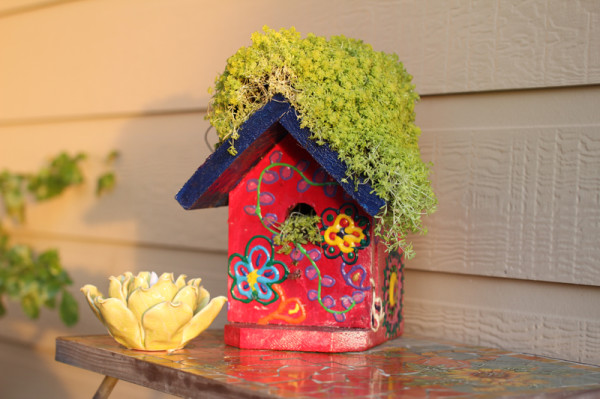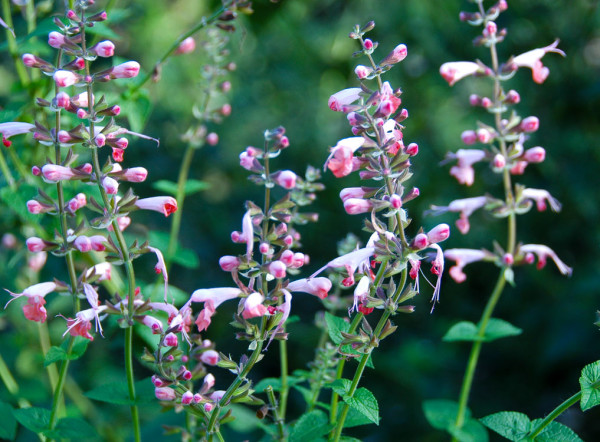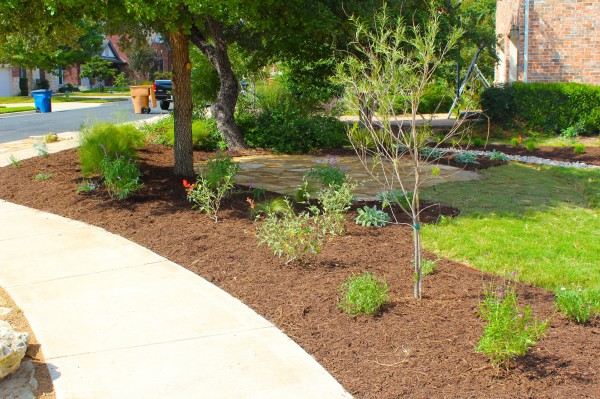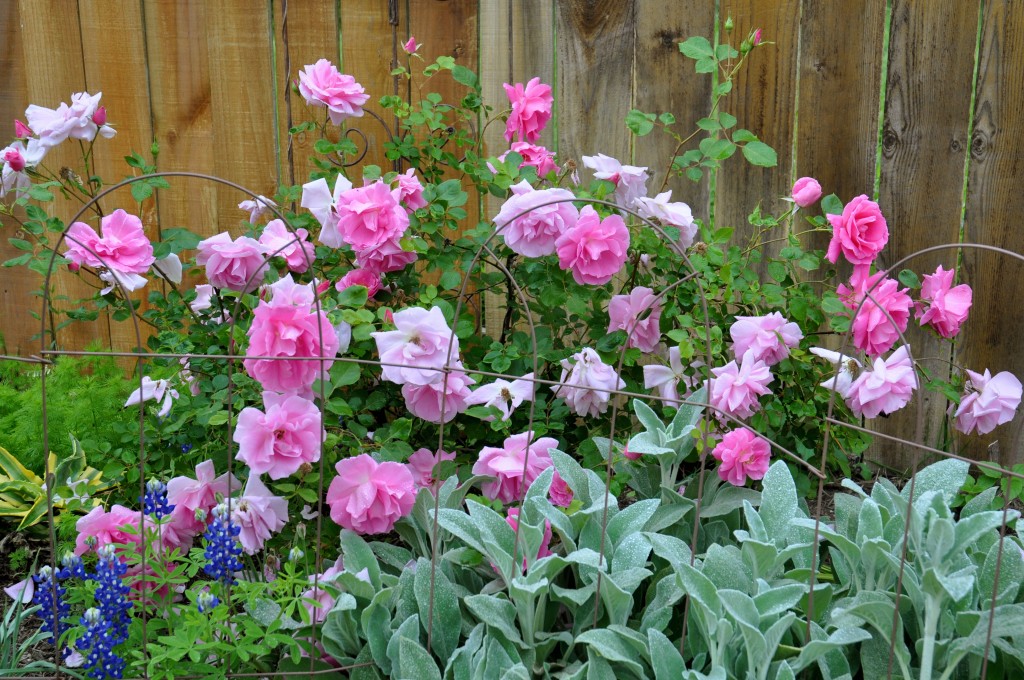April Tip: Succulents in Heat and Drought

Some of the most drought tolerant plants available to help us achieve those goals are succulent plants. Succulents are plants that store water in their leaves, stems and/or roots and can tolerate extreme drought and heat. Succulents are also ideal for gardeners with limited space and limited time. They are easy-care free plants requiring almost no maintenance.
While succulents are low maintenance, they are prone to rot if overwatered, a common occurrence when gardeners water them on the same schedule as their other plants. According to Casey Limerick, of East Austin Succulents, “the biggest mistakes people make with succulents is giving them too much water and too much sun.” The correct soil is important, too. “We make our own soil blend here,” said Limerick.
Limerick recommends planting succulents in a fast-draining soil mixed with a little bit of sand (not much) and a little decomposed granite.



